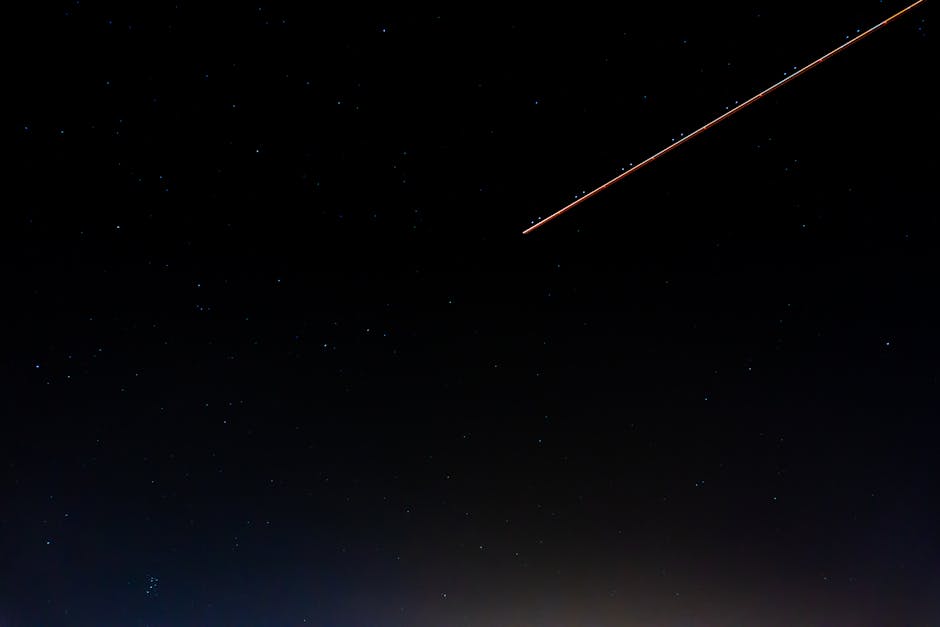**
The night sky is set to dazzle stargazers this month as the annual Leonid meteor shower reaches its peak. Known for its fast and bright meteors, the Leonids are one of the most anticipated celestial events of the year. If you’re eager to witness this spectacular display, here’s everything you need to know about when, where, and how to spot the Leonid meteor shower in November 2024.
What Are the Leonids?
The Leonid meteor shower occurs when Earth passes through the debris trail left by Comet Tempel-Tuttle, which orbits the Sun every 33 years. As tiny dust and rock particles from the comet collide with Earth’s atmosphere, they burn up, creating streaks of light—commonly known as “shooting stars.” The Leonids are famous for their speed, with meteors traveling at about 71 km per second, making them some of the fastest meteors visible.
When to Watch the Leonid Meteor Shower
This year, the Leonid meteor shower is active from November 6 to November 30, with the peak expected on the night of November 17 into the early hours of November 18. During the peak, under ideal conditions, observers can expect to see 10 to 15 meteors per hour.
The best time to watch will be after midnight, when the constellation Leo—the radiant point of the shower—rises higher in the sky. The predawn hours (around 3 AM to 5 AM local time) typically offer the best visibility.
Where to Look for the Leonids
The Leonids appear to originate from the constellation Leo (hence the name), but you don’t need to stare directly at Leo to see them. Meteors will streak across the entire sky, so the key is to find a dark location with a wide, unobstructed view.
- Find Leo in the Sky: Look east after midnight. Leo is recognizable by its “sickle” shape, resembling a backward question mark.
- Avoid Light Pollution: Head to rural areas away from city lights for the best experience. National parks or open fields are ideal.
- Give Your Eyes Time to Adjust: It takes about 20-30 minutes for your eyes to fully adapt to the dark. Avoid looking at your phone to preserve night vision.
Top Tips for Watching the Leonids
- Check the Weather: Clear skies are essential. Cloudy conditions will obscure the view.
- No Telescopes Needed: Meteors move too quickly for telescopes. Just lie back and gaze up.
- Dress Warmly: November nights can be chilly, especially in northern regions. Bring blankets or a reclining chair for comfort.
- Moonlight Interference: This year, the Moon will be a thin crescent during the peak, meaning minimal moonlight interference—great news for meteor watchers!
Best Viewing Spots in India
Indian stargazers will have a prime viewing opportunity, especially in areas with low light pollution. States like Rajasthan, Ladakh, and parts of the Western Ghats offer excellent dark-sky conditions. If you’re in a metro city like Delhi or Mumbai, consider driving to nearby outskirts for better visibility.
Don’t Miss This Celestial Show
While the Leonids may not produce a meteor storm this year, the shower’s fast and bright meteors still promise a mesmerizing show. Whether you’re an amateur astronomer or just someone who loves a cosmic light show, mark your calendar for November 17-18 and prepare for a celestial treat.
So grab a warm drink, find a cozy spot under the stars, and enjoy nature’s fireworks—the Leonids are coming!
Stay tuned for more updates on celestial events and skywatching tips! 🌠
**




